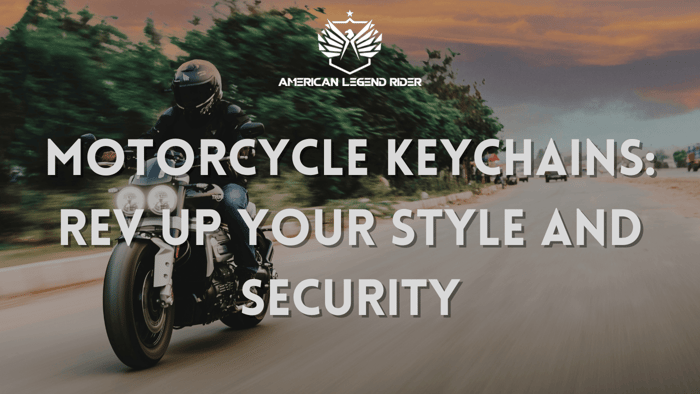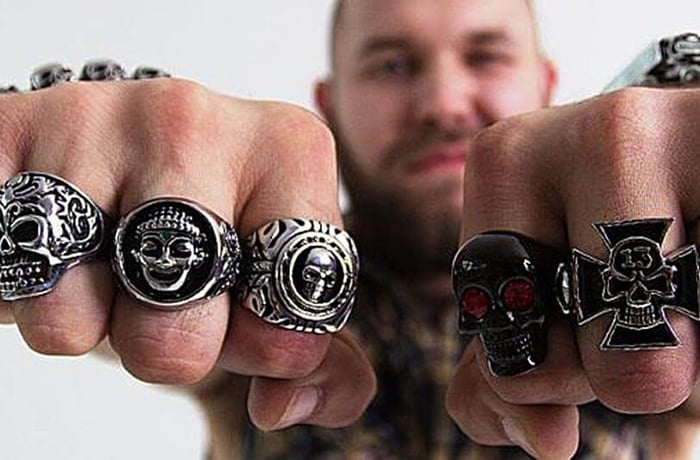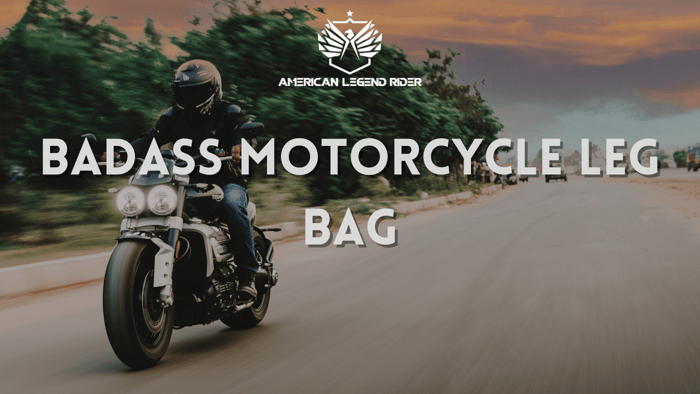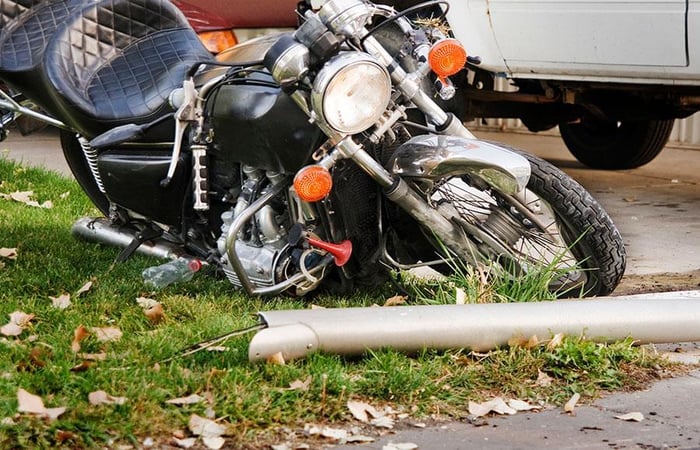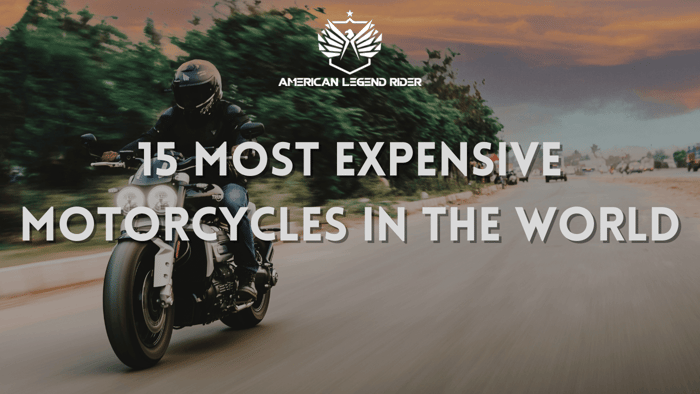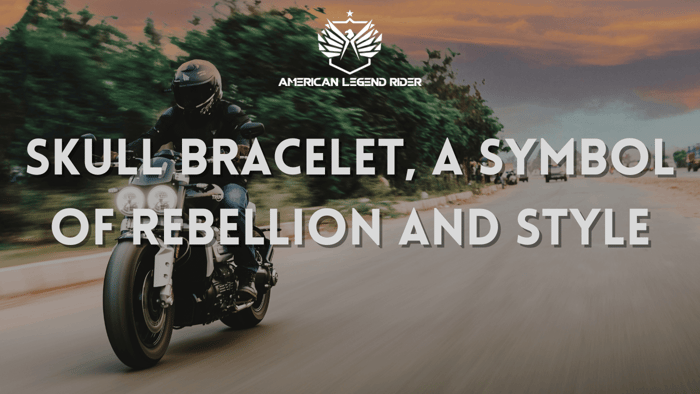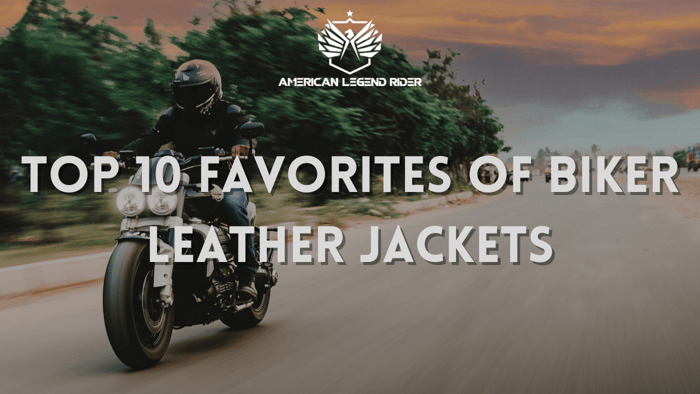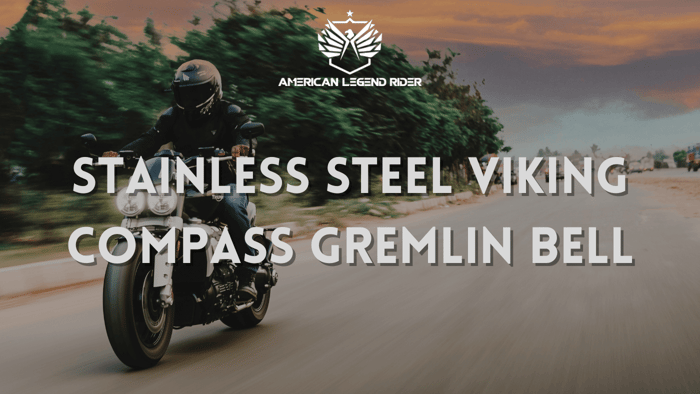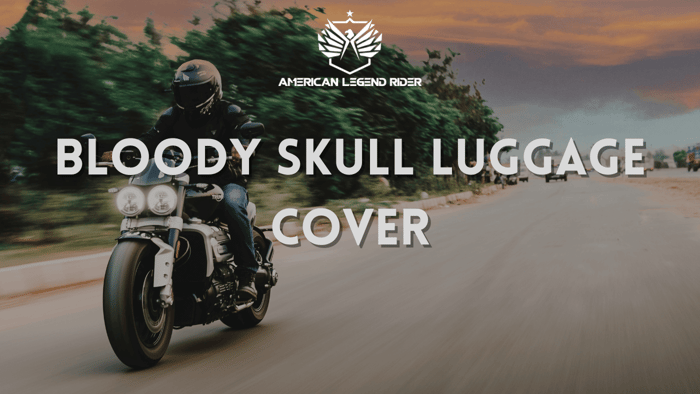Starting your journey into the world of motorized two-wheel vehicles can be an enjoyable experience. However, it's crucial to ensure you make the right choices from the beginning.
When you decide to leave the confines of a car and embrace the world of motorized two-wheelers, you truly appreciate the freedom you've been missing out on. Purchasing a motorcycle is definitely a decision that requires careful consideration. However, it's well-known that the experience is rewarding for individuals who have a clear understanding of the specific type of bike they desire and its intended purpose.
Motorcycles are the pinnacles of freedom; offering you a visceral experience unlike that of automobiles or even other forms of transportation. The thing is, a motorcycle is a whole different experience and requires a different set of skills and mindset. For example, riding a motorcycle requires a higher level of risk management compared to driving a car. Besides having the skills to maneuver between alleys and the backstreets, you will often find yourself needing a lot of mental alertness. Your life literally depends on your senses and the only safety you can afford is one provided by the tiny patches of rubber connecting you to the asphalt.
For decades, motorcycle icons such as Steve McQueen and Marlon Brando have inspired generations to take up motorcycling as a lifestyle. This is thanks to pop culture and Hollywood films which popularized biker subculture and made it look very cool. And it is very cool indeed.
But like anything worth its salt, motorcycling has both advantages and challenges that you need to know about. Above and beyond the great freedom motorcycling affords, it is also a form of self-identity that goes beyond the two wheels. Your whole life is transformed in positive ways that you cannot imagine. Most rookies often ask which the best beginner motorcycle is and how much does a motorcycle cost. These questions are natural to any new motorcyclists. Old timers will tell you that there are a few things to look out for when buying a motorcycle. We distill this wisdom in this article to give you the ultimate guide to buying a motorcycle.
What should you consider when buying a motorcycle?
Have you geared up yet? If you are ready to spend the cash to buy a new motorcycle, you should consider a few things before you actually pick the two-wheeler that you want. First things first; if this is your first motorcycle, you may want to go for a beginner friendly bike as your first bike. There are plenty of best beginner motorcycles that you should consider. But more importantly, set out your purpose for having a motorcycle. Do you want a motorcycle for commuting, burning some rubber during the weekends or a mix of both off-road and on-road riding? The purpose with which you intend to use the motorcycle should dictate which type of motorcycles you should consider.
Let’s dig into what you really need to keep in mind when buying a motorcycle.
Cost of ownership of the motorcycle
The real cost of ownership of a motorcycle, whether new or used, goes beyond the initial MSRP cost and what you pay at the pump. As you will realize, owning a motorcycle requires a considerable amount of investment including maintenance, motorcycle insurance and safety gear.
How much does a motorcycle cost?
The price of motorcycles can vary wildly depending on type of motorcycle, brand, model, engine size, power output and size. If you are beginner looking to buy a new motorcycle, you are probably spending between $5000 and $10,000 for a motorcycle fit for a beginner. Depending on your budget, you can opt for a slightly used motorcycle for a start and then use it for at least two years before upgrading to something more fitting to your long-term motorcycling aspirations. If you can’t find a good used motorcycle, it is advisable to go for a new, lower priced motorcycle before going for a larger motorcycle. This will lower your overall maintenance costs and keep your premiums to a minimum.
Motorcycle insurance
Your new motorcycle will require an insurance policy before you take it on the road. Most car insurance companies also provide motorcycle insurance policies so it is generally easy to get a policy from the provider that you already have. You can get a pretty great deal on insurance per year, on average of $500 depending on several factors such as your driving record and age. However, there’s a lot more that is involved in determining the premiums than just your driving record or age. For instance, the population density of the neighborhood that you live in, theft rate of your particular bike model, and other risk factors. More importantly, it is best to compare the different rates by shopping around before settling on one particular company.
Maintenance cost
Consider the maintenance cost of the motorcycle and whether you are willing to spend cash on keeping the motorcycle mechanically sound. Regular maintenance include oil changes, chain and chain maintenance which should be done at intervals of 5000 miles and 20000 miles depending on the type of motorcycle. Typically, it costs around $1000 dollars a year for maintenance costs. Some repairs or adjustments can up the costs considerably. For instance, for a valve adjustment, you can expect to pay upwards of $800-$1500. A set of tires can be particularly expensive, with a new set costing between $400 and $600. If you are always on the road, it is recommended that you change your tires after every 3000 miles. That is equal to the average rider’s miles per year.
Safety gear
Safety gear is your next top consideration and at the very least you will need a protective motorcycle helmet. Riding a motorcycle is obviously a thrilling adventure but one involving serious risk of accidents. Motorcycle riding is much different from a car as you are more exposed to hazards and high risks. At the very minimum, a full-face motorcycle helmet, a high grade abrasion-resistant leather jacket and a sturdy pair of boots is what you will need to get started.
As you learn the new machines, you will be more than likely to get involved in a few falls and crashes and that’s why investing in proper motorcycle safety gear is so important. A good motorcycle helmet will cost you between $150 and $900 and offer you the protection that you need for the most part.
For a start, consider going for a full-face helmet as opposed to a half helmet. A full-face helmet provides more coverage and cushioning which prevents serious head and neck injuries should you get involved in a crash.
Don’t forget protective pants as these are very crucial to your safety. While most new riders ride in jeans, the truth is, if you get into a fall at a speed of 15mph and above your jeans will not be enough to protect you. Overall, set aside $800 to $1200 for new gear which you will obviously need to replace after a while.
Check out the best motorcycle protective gear for beginners here.
Size of the bike
Now more than ever there’s a lot of information you can find freely before you decide on what type of motorcycle to buy. And this includes the different size of the bike, displacement size of the engine and specs. Many motorcyclists recommend that new riders start with motorcycles with lower engine displacement ranging from 250cc to 600cc. While you may be tempted to go for power, there are a few advantages for opting for lower engine displacement. Smaller engine motorcycles are easier to maintain and will save you money in the long run.
Also they are typically easier to handle and this is particularly helpful if you are just learning how to ride a motorcycle. If a motorcycle is much easier to handle, you will learn proper techniques faster and more efficiently before you decide to go for the more power two-wheelers.
You should also look at the resale value of the motorcycle. Is it easier to sell when you need to upgrade to a more muscular motorcycle? The low price point of small engine displacement motorcycles makes it easy to sell when you decide to upgrade down the line.
When it comes to performance, these bikes hold up really well and ride at just enough speeds for your need. There are plenty of top-of-the-range beginner motorcycles that you should consider and that do not cost an arm and a leg to own and maintain. These starter motorcycles are what you should go for when buying your first motorcycle. For example, the Kawasaki Ninja 300 and Yamaha V-Star 250 are great options for beginners looking for a solid starting point in their motorcycling journey.
Weight of the motorcycle
The weight of a motorcycle can hamper how you move especially if you live in a stop-start urban environment. In this case, you would want to go for a lightweight motorcycle that is easier to move around with and maneuver. Once you are moving the weight of the motorcycle is less of an issue. The weight of the motorcycle is not entirely depend on the size. Some small motorcycles can be pretty heavy; for example, the Harley Davidson’s Sportser is a small motorcycle that weighs no less than 550 lbs. the best way to assess a bike’s weight is to actually try it. Some manufacturer’s weight numbers are dry number i.e they do not include weight of the oil, gas and associated fluids. This can make you believe that the motorcycle weighs less while it is not the actual case.
Your riding habits
If you are more inclined to short trips rather than long distance motorcycle riding, then sportsbikes will be a lot of fun. They provide much power when you need and handle pretty well for the short trips. However, if you plan on going for long distance rides, you will need cruiser or touring motorcycles which are ergonomically designed for that job.
Consider also your riding position as this affects your comfort and stability. An upright riding position is more relaxing and comfortable especially on long trips. Does the motorcycle come with fairings and windshields? These elements add to comfort levels as well as efficiency when riding over long distances.
When picking a motorcycle, especially a starter bike-as standard motorcycle is the easiest option for learning. The weight and power output are just what you need. Keep in mind that the higher the power output, the higher the fatality rate. This is according to NHTSA statistics which estimate the following fatalities in correlation to the engine power.
• 500cc: 6%
• 500 to 1000cc: 40%
• 1001 to 1500cc: 30%
As you can see, it is best to go for a motorcycle with an engine displacement of no more than 500cc for a start.
Accessories and customization
The fun part about owning a motorcycle is that you can modify it to your liking to make a personal statement. Tuning up your motorcycle requires skilled hands to do the job. You will want to find a trusted mechanic to do the tune-up for you and a shop that has the accessories that you need. If you are not sure where to start, ask a friend to recommend mechanics you can trust or look up online for a local mechanic with great reviews.
Makes sure the tune-up and checks include oil change, fluid level checks, and brake pads. During a service check, it is the best time to ask any lingering questions you may have and get answers. But you should already have a great understanding of the basics and useful knowledge before purchasing the motorcycle.
CONCLUSION
Buying your first motorcycle can be a tough ask if you don’t know what exactly to go for. Even more difficult when you are a beginner motorcyclist looking for a balanced two-wheeler that is practical and fun to ride. But following the laid out points will give you a clear idea of what to look out for and what to avoid when buying a motorcycle. Whether new or used, consider the actual purpose of the motorcycle, maintenance costs and so on.
